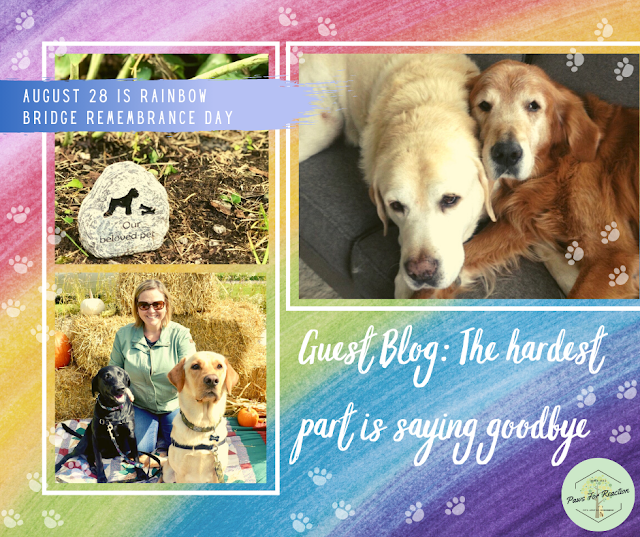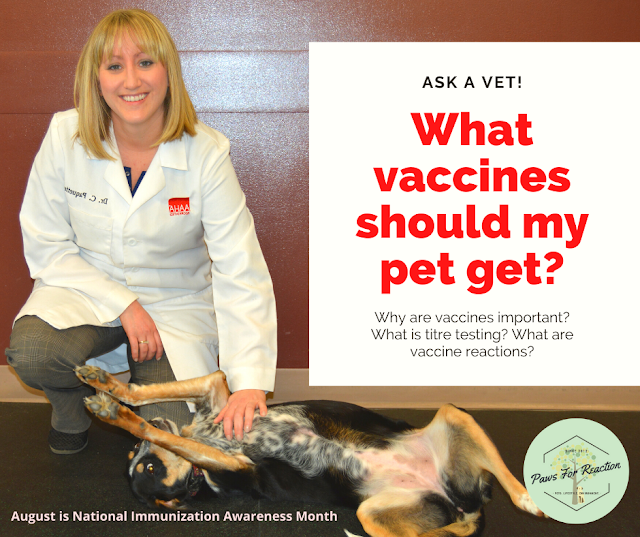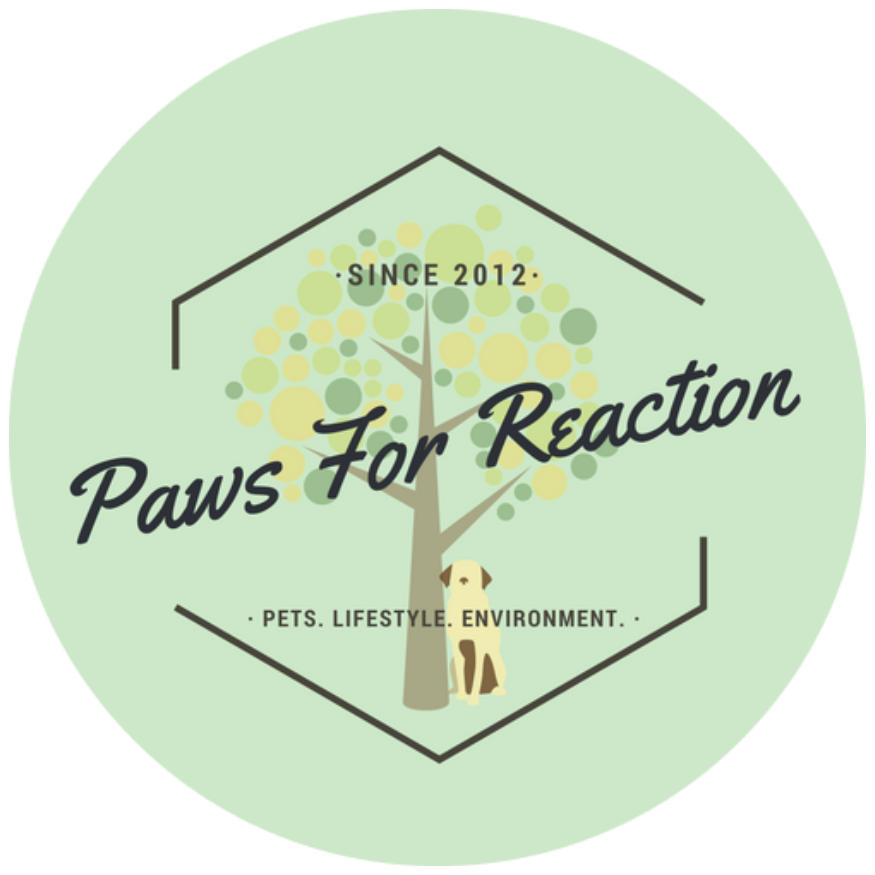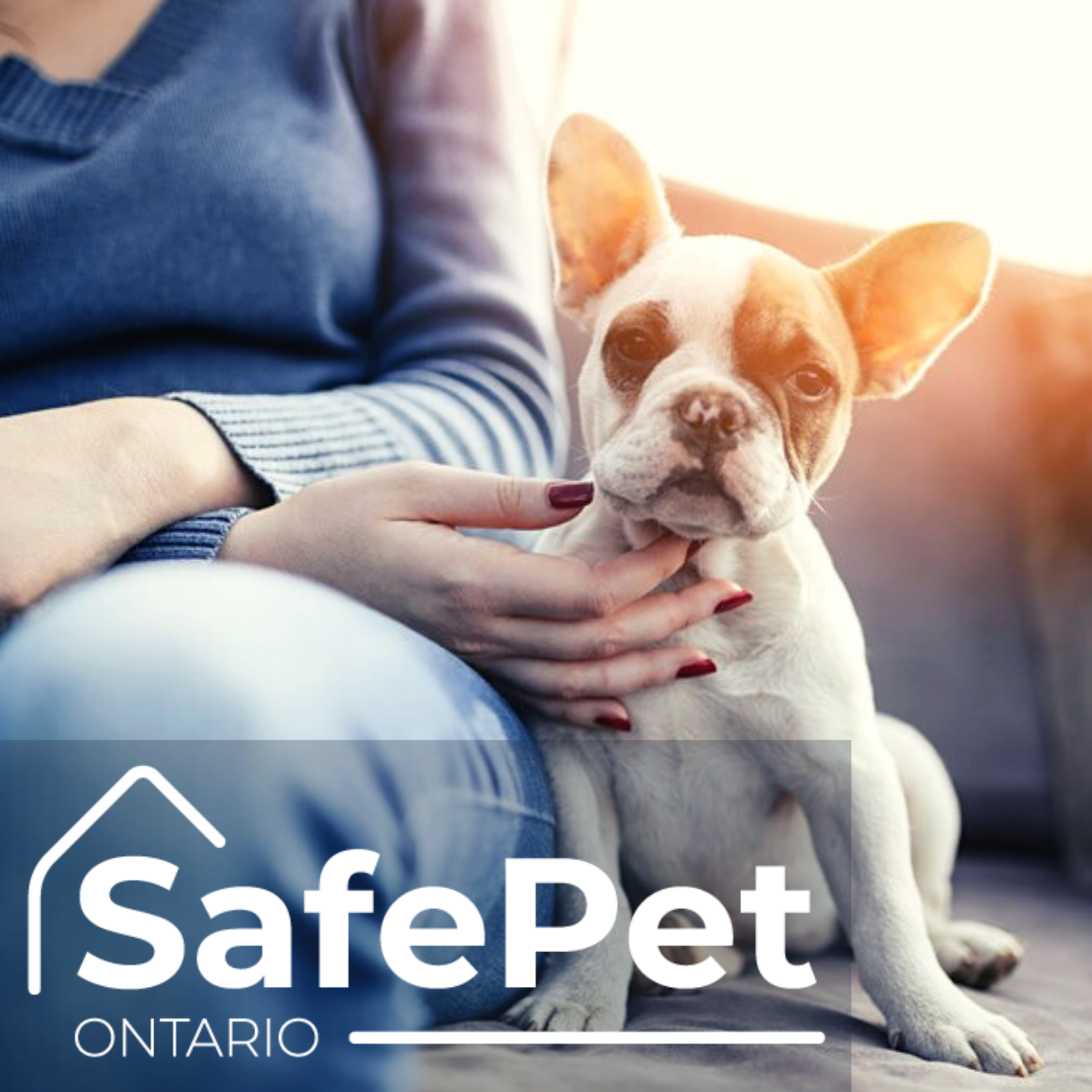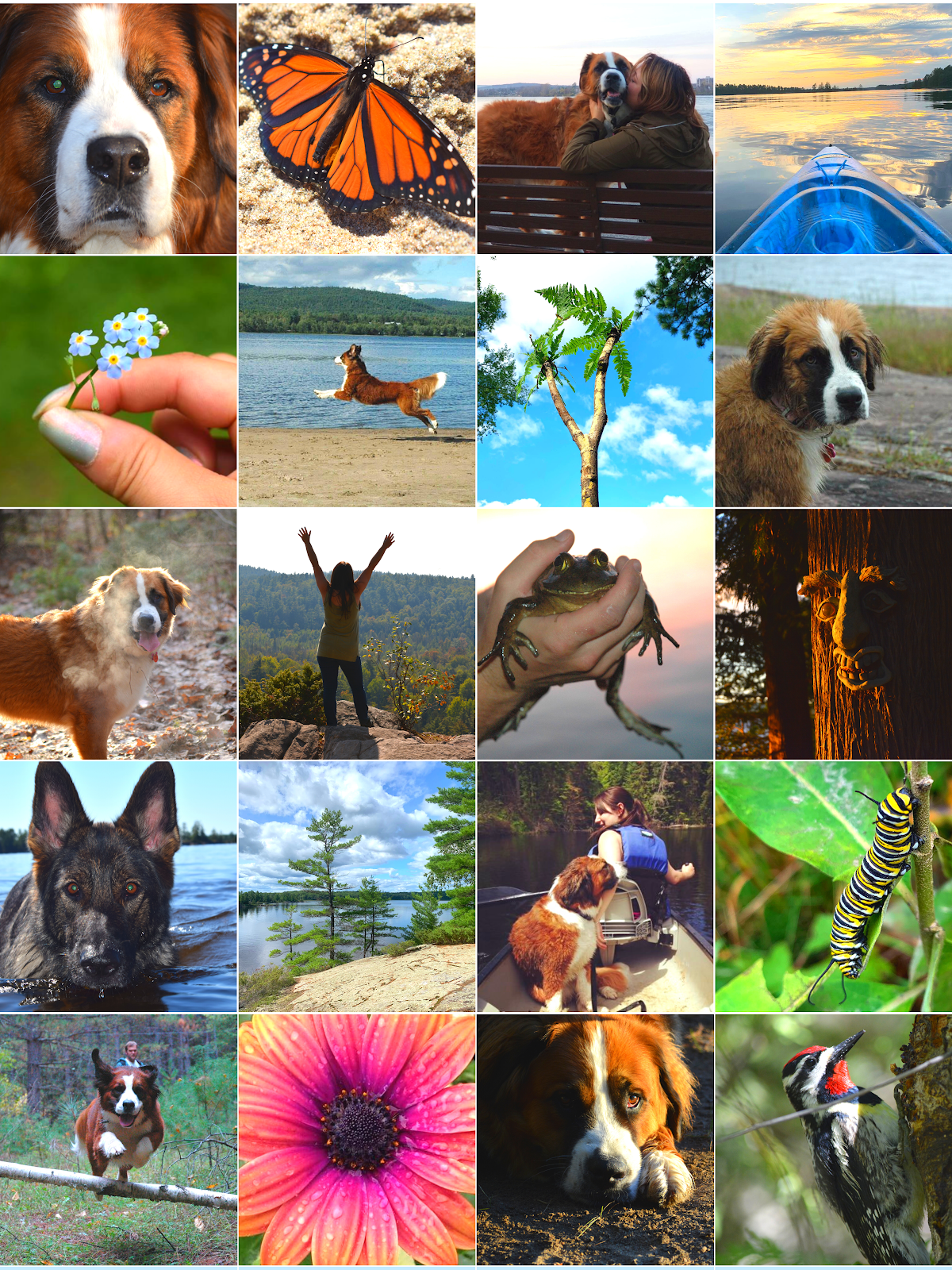Two for Tuesday: I'm asking you to do these two things on Giving Tuesday to support local wildlife
Giving won't be easy for some people this year. Many Ontario citizens have suffered financial hardship during the COVID-19 pandemic. Non-profits, charities, and organizations that support nature and wildlife have also been greatly impacted by the pandemic. Today is Giving Tuesday, a day when people make donations to support charities that mean a lot to them. I want to go two for Tuesday. I present to you two ways you can support nature and wildlife right here in Ontario that I've donated to for Giving Tuesday. I'm asking my readers who are considering which initiative to support today to consider one (or both) of these Ontario campaigns that need your help.
Guest blog: What it's really like to be a professional dog walker
 |
Guest blog by Louise St-Pierre. So excited to welcome her to the Paws For Reaction extended family!
|
I have learned a lot from my experiences with dogs. I currently own two beautiful dogs and have been a dog owner for 25 years. I truly love dogs and being outside all day, in all types of weather. After working in the fitness and service industry for 20 years I wanted a change; a job that would incorporate the many things I love. Fast forward to now. I have been a professional dog walker for 11 years. I never imagined that I could make a living doing something I loved so much. What I love most about being a dog walker is that I work for myself and my clients. I'm my own boss, which is amazing.
Canada remembers: Virtual Remembrance Day ceremonies in Ottawa during the COVID-19 pandemic
This year's Remembrance Day marks the 75th anniversary of the end of the Second World War. This year the Veteran's Week and Remembrance Day ceremonies will be anything but normal, as many are shifted to the virtual world to keep Canadian's safe from the COVID-19 pandemic. The National Remembrance Day ceremony will still be held at the National War Memorial in downtown Ottawa, but the Royal Canadian Legion is asking citizens of the Nation's Capital to stay home and watch the ceremony on TV. There is limited space- especially when you factor in physically distancing 6-feet apart- and there will be no Veteran's parade, no Canadian Armed Forces parade, and a reduced colour party.
Guest blog: Enviro-docu-series exploring the changing state of Canada's greatest natural landmark; Algonquin Park
| Guest blog by Jacob Ide. Photos provided by the Trip Report team.
So excited to welcome them to the Paws For Reaction extended family!
|
Early in 2020, Craig Myers and I were sitting on the set of a short film discussing our next projects. Craig had recently begun taking a course on sustainability, and I had been kicking around the idea of making a travel series focused on exploring our backyard. Through two days of chatting, we honed in on shooting a series in Algonquin Park. Craig is from Ottawa, and I am from Hamilton, but we both grew up with a connection to camping and cottage country, so the draw to the park was pretty natural. As we prepared the project, Brad and Mitch joined on as our cinematography team, both of them having a love for cinematography and exploring the natural world made it a perfect fit.
Help from home: 5 ways you can help save Canada's wetlands, without getting wet
If you drank a glass of water today, washed dishes, flushed the toilet, boiled a pot, or filled up your dog's water dish, you probably benefited from a wetland. Wetlands are responsible for providing us with the clean water we drink and use every day. Ontario boasts 330,000 square kilometres of wetlands and currently accounts for about 25% of all the wetlands in Canada and 6% of global wetlands. Wetlands hold billions of litres of water that they help naturally filter and purify. They provide flood control, habitat and feeding ground for a variety of species, and act as carbon storage. I really enjoy hiking in the wetlands- they are wonderful recreational and educational ecosystems.
Halloween's haunted animals: The truth about the ominous and dark trickster; the Raven
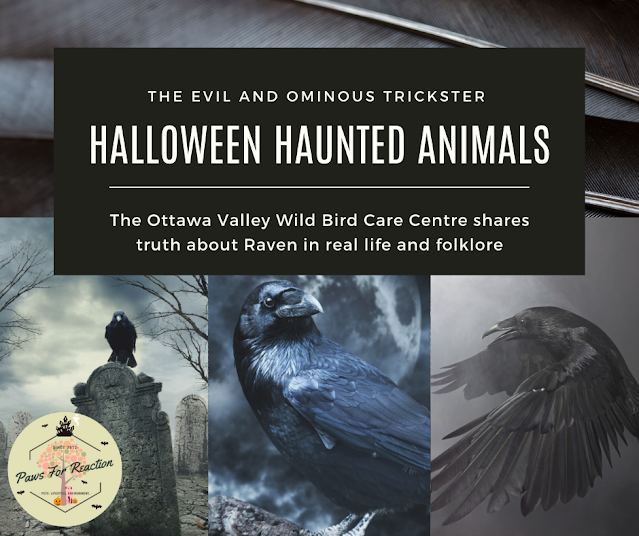 |
Thank you to Patty McLaughlin of the Ottawa Valley Wild Bird Care Centre for illuminating the Raven for the Paws For Reaction readers!
|
When I think about Halloween symbolism, things that come to mind are spirits, monsters, witches, and vampires. But what about the animals? Black cats with their backs arched, howling werewolves, slick Ravens crowing warnings, and swooping bats are all signature Halloween animals. Folklore and mythology weave their way into the spooky stories we tell and animals are the stars of these terrifying tales.
Ask an RVT: 10 things I love the most about being a registered veterinary technician
My years of experience working in the veterinary medicine industry taught me many things. One thing I learned on my first day is that the job of a veterinary technician is difficult. Veterinary technicians assist in surgery, dentistry, treat emergencies, learn how to care for multiple species, assist the doctor, be a nurse, provide emotional support for the client, and be an advocate for the patient. They work hard without breaks- often for less pay than you'd expect. It's stressful. It's fast-paced. It's emotionally draining. It's blood, sweat, and tears. REAL tears. And it is incredibly rewarding.
Guest blog: My Reiki journey; a discovery of healing energies and the power within
 |
Guest blog by Robyn Thomas. So excited to welcome her
to the Paws For Reaction extended family!
|
Many are unaware of Reiki healing and its vast healing possibilities. The Usui Holy Fire Reiki system incorporates Reiki symbols, attunement placements, distance healing methods, and hand positions for working with oneself and others. As a practitioner, I connect with and direct universal life-force energy that surrounds every living thing, to balance the life-force energy within. This involves channeling source energy, setting intentions, connecting with Reiki symbols, Mother Earth, and myself to balance and ground mind, body, spirit.
Rabies risks: Thinking about not vaccinating your pet against rabies? Here's what you need to know

I'm one of the many folks across the world anxiously waiting for a COVID-19 vaccine. Vaccines are one of the most impactful inventions for humanity, and working in veterinary medicine has allowed me to experience first hand the power of vaccines. Watching a puppy die from canine parvovirus is a devastating experience, but it has given me a deeper respect for vaccines. Especially the rabies vaccine. Rabies is a fatal disease that affects mammals. Rabies is a zoonotic disease, meaning it can be transmitted from animals to humans. Non-mammals, including fish, poultry, birds, reptiles, and amphibians can’t get rabies. Rabies is spread through the saliva of an infected animal. The animal bites a human or animal, breaking the skin, and the infected saliva gets into the wound, passing the disease on to the victim. You can also become infected by getting saliva, brain or spinal tissue from an infected animal (dead or alive) in an open cut, sore, wound, eyes, mouth, or nose.
Help at home: It's a day of Global Climate Action, but what can we do in Ontario while sitting on our butts?
It's a day of Global Climate Action and I'm here to talk to you about butts... How many of you panic purchased toilet paper when the COVID-19 pandemic hit? I get it! Okay, I don't really get it that much- I didn't buy any extra toilet paper. I was thinking more about my respiratory system and less about my bottom. Next question. When you filled your Costco cart with stacks of bulk TP, extra soft, extra strong, how many of you thought about how toilet paper affects Ontario forests?











